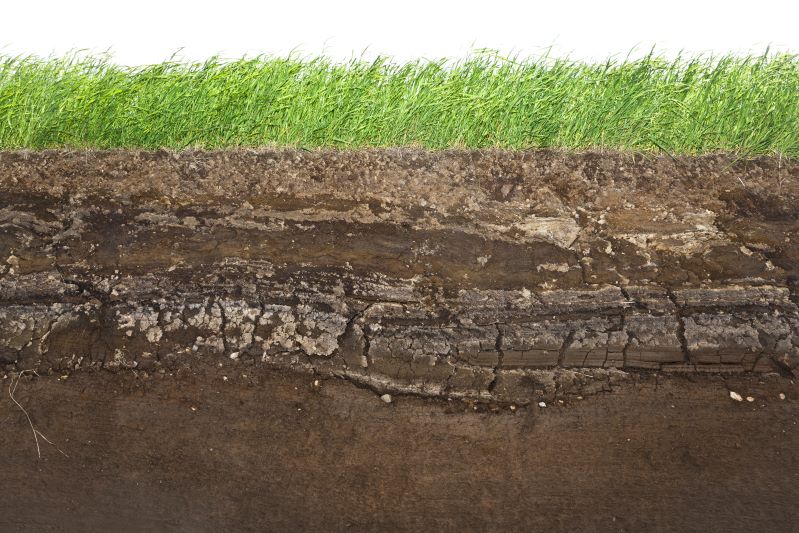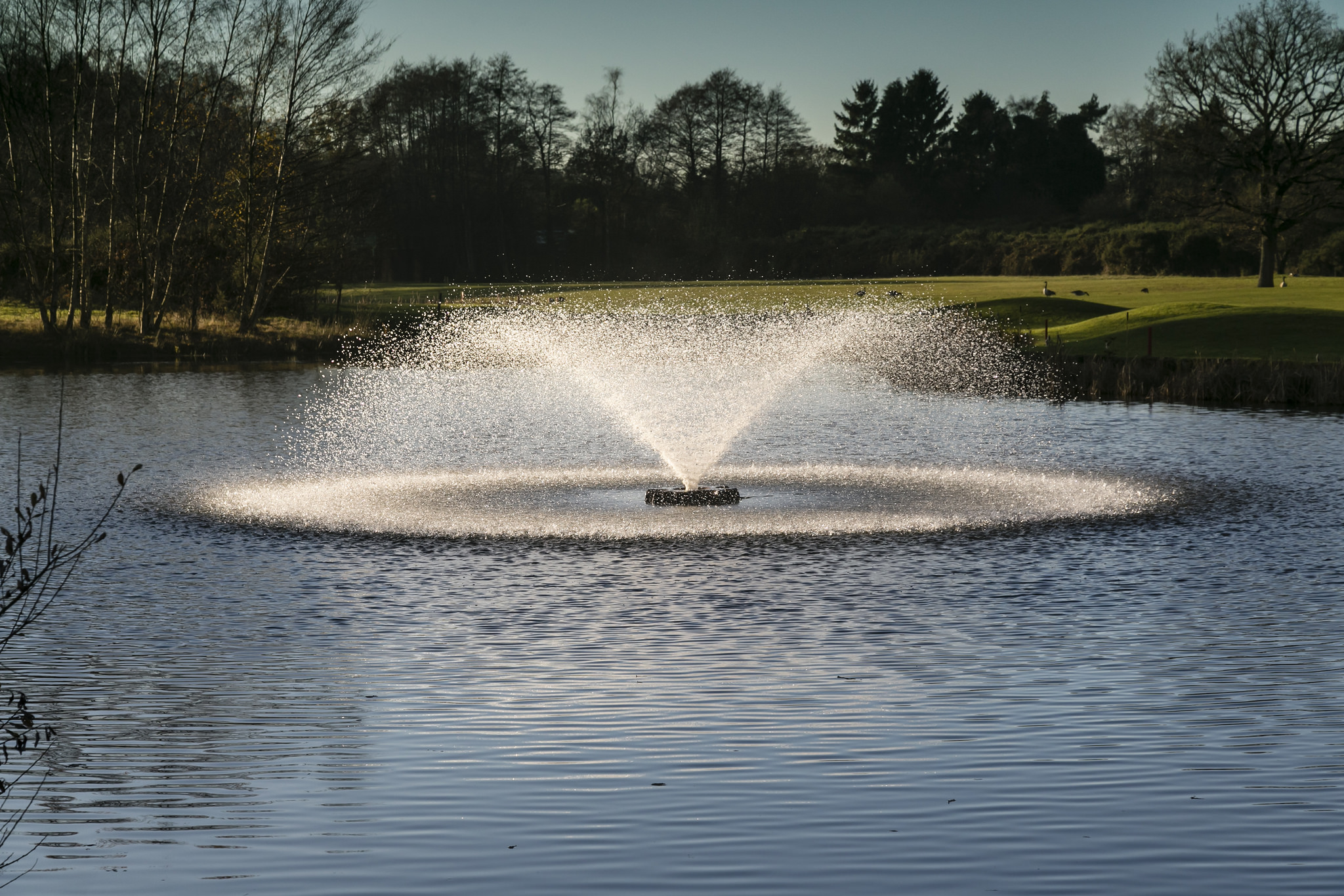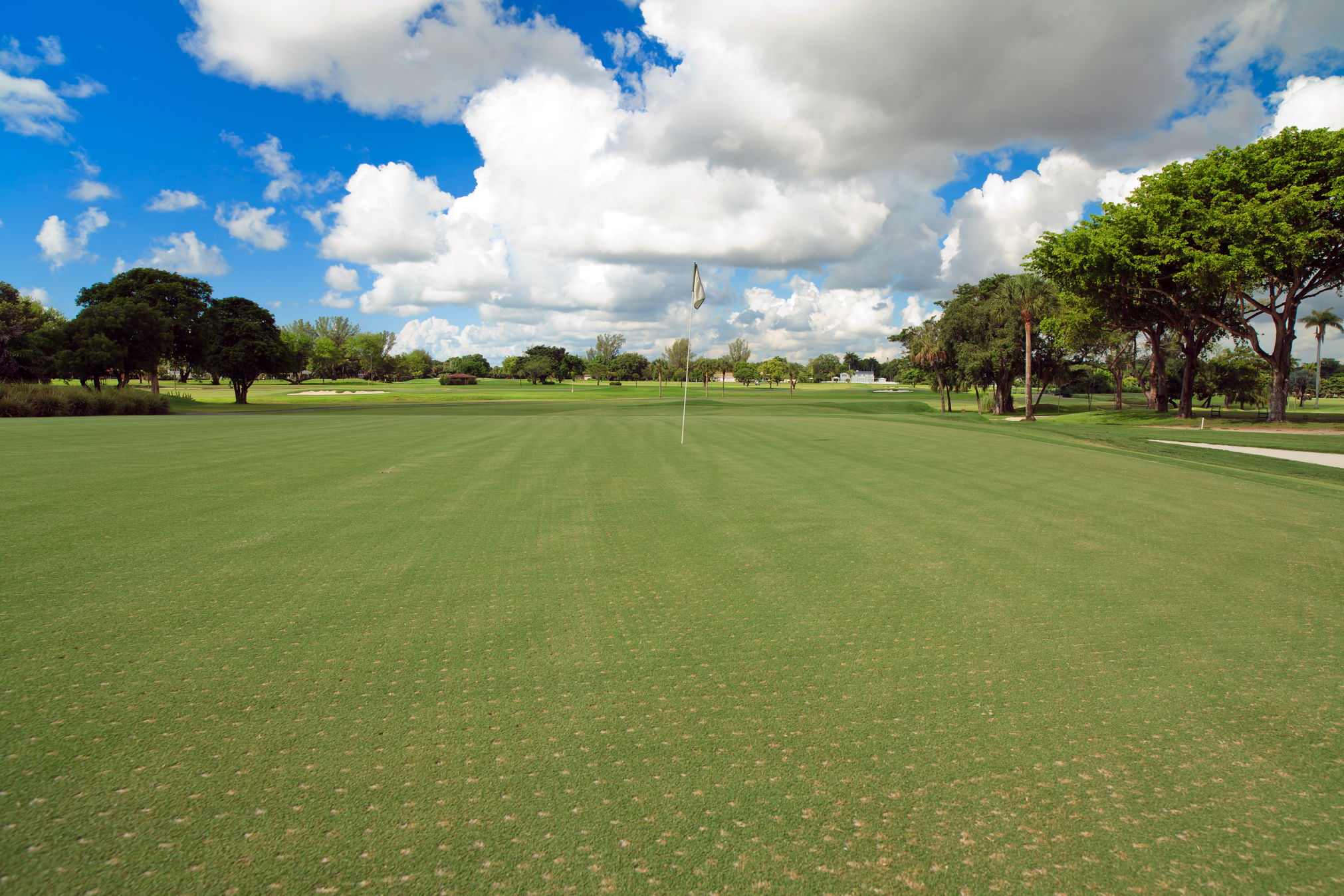- CONTACT US
- MOWERS
- VEHICLES
- APPLICATION
- Golf
- AERATORS
- VEHICLES
Navigating the changing weather
CONTENTS
FEATURED STORIES

Reesink Turfcare
Reading time: 10 minutes
Inside Navigating changing weather
40 countries covering 2,309 jurisdictions and accounting for over one billion citizens have declared a climate emergency – 61 million of those citizens dwelling in the UK*. One of the key symptoms of this change is the shifting weather patterns.
Unpredictable weather is becoming the new norm, with wetter winters and drier summers expected meaning landscapers and groundspeople need to have their wits about them to get the most out of the green spaces they maintain.
Here Jon Cole from Reesink Turfcare explains the best ways to combat the most extremes of weather to keep grounds healthy all year round.
Heading into this new future, landscapers are set to face a number of challenges that are likely to become routine problems. Wetter winters can lead to more instances of waterlogging and in turn soil compaction, starving roots of much needed nutrients. In the short term this can lead to increased vulnerability to disease and unsightly bogs, but in the long term winter compaction can be a leading cause of summer drought. Dehydrated grounds will leave your grounds brown and sparse and can ultimately see it die off all together.
How wetter winters can affect grounds
While warmer summers are seeing longer hotter periods, winter is experiencing the opposite. As winters get warmer, we’re predicted to see a significant increase in overall rainfall and a higher likelihood of winter storms. Air can hold up to seven percent more moisture for every one degree Celsius of temperature rise, resulting in more rain events that can ultimately impact how you go about landscaping.
Wet weather can quickly turn once hard, dry grounds into soft, muddy bogs, especially when surfaces lack sufficient drainage. And with these conditions set to become more frequent, this will put soil at risk of compaction which occurs when it becomes waterlogged and foot and vehicle traffic causes it to become compacted. This significantly reduces drainage and can see soil retaining too much water, causing mud and dead patches as the roots are damaged beneath, which as we know will cause problems later down the line in the summer heat too. To target drought at the source, solve any compaction issues early in the winter and spring.
Combat waterlogging
Installing additional drainage is expensive with increased aggregate and material costs driving up prices. For many landscapers, installing new drainage is just not an affordable option. Instead, mechanical techniques can be employed to improve the speed of water movement away from surfaces and reduce soil compaction.
The answer to extreme weather once again is aeration – deep-tine aeration to be exact. This kind of aeration relieves soil compaction at lower soil levels than the typical process. The tines fracture the soil creating channels through the root zone allowing oxygen, water and critical nutrients to penetrate deep into the soil profile. This allows for plenty of drainage and helps roots to grow deeper, producing a stronger lawn in the long run.
Sand topdressing after aeration works particularly well in waterlogged conditions as the topdressing can be worked into the soil through the holes left behind, firming up the surface and improving the soil’s drainage.
Using a sand with a medium particle size, neither too fine or coarse and lime-free is ideal for topdressing. This type of topsoil is good for smoothing and relevelling the lawn's surface after the trauma of waterlogging.

How warmer weather can affect grounds
It can be easy to assume drought is simply down to a lack of sufficient rainfall and hotter than usual temperatures. In actuality, most plants are hardy enough to survive the temperature increase – drought is down to what lies beneath.
Management of moisture in the root zone is fundamental to maintaining healthy grounds, and is one of the things most greatly affected by changes in the weather. Excessively wet or dry conditions change the soil environment, negatively impacting soil moisture relations. What’s more, the effect of poor drainage will not only be present immediately, it will cause issues months down the line. Compaction in the winter, depriving the root zone of necessary moisture to develop properly, will eventually lead to drought in the summer when those roots are needed to retrieve and hold water, a disaster in a heat wave.
The dryness of grass can be judged by the moisture–or lack thereof– within the top two or three inches of soil that allows the grass to remain green, springy and growing well. If grass begins to look dull, holds onto footprints without springing back or slows in growth then it’s safe to assume the moisture level is low and in danger of drought. Otherwise, opening the soil to a two- or three-inch depth will enable you to observe whether the soil is moist or dry.
Dehydration goes beyond leaving grass looking sparse and brown, it can also affect its ability to fight off disease. To avoid this, there are changes that can be made to grounds maintenance that will help your grounds survive a drought.

Prevention is better than cure
The best way to combat a drought is to avoid it all together. Aeration is a key part of the landscaping and groundskeeping calendars, and with rising temperatures, it’s more important than ever to ensure roots have access to the nutrients they need year-round.
Drought sees the ground surface become dry and hard, making it difficult for water to permeate down to the root. Aeration involves creating holes in the ground which will allow water and oxygen to filter through all the way down to the roots and will help the soil to retain water for longer if a drought does occur.
That being said aeration should be avoided in the midst of a drought as it can increase water evaporation from the soil. The optimum time to aerate is during the spring, when the ground is dry enough for the holes to not seal up and grass is in its peak growing period. Aerating in the spring also means that the ground can recover quickly from the coring process, and will be in the best possible condition by the time warm weather arrives.

During warmer weather
Getting grounds through a drought is all about preserving moisture, preventing evaporation and causing as little damage to your grass as possible.
While grass can still be cut during hot, dry conditions, cutting patterns may need to change to accommodate fragile turf. Grass is 85 percent water, so for every inch cut, moisture is lost. Moreover, cutting will promote growth that will encourage grass to unnecessarily use up precious water resources. To avoid this, follow the one third rule of never removing more than one third of the grass in any one cut and commit to a longer cut to avoid losing important moisture.
By leaving longer amounts of time between cutting cycles, you can allow for longer grass that will create a barrier between the soil and the drying effects of the sun and wind. This natural shade will keep the soil beneath cooler, allowing it to hold onto water for longer and preventing evaporation that can exacerbate drought conditions, not to mention longer grass can trap morning dew providing the ground with an extra drink for the day.
Less frequent will also allow for the growth of drought resistant plants like perennials that will help the ground to repair in the long run. Perennials will grow naturally every spring, and not only do the flowers provide some much needed colour to what could otherwise be a browning landscape, they’ll create a microclimate that helps reduce water loss through evaporation while their extensive root system can hold soil to prevent erosion and further compaction.
To double down on the benefits of wildflowers, groundskeepers can grow their own too. And by mulching any flowerbeds in the spring just as perennials begin to grow, it won’t come with the need for extra water.
When the time to cut does come around, cutting should be raised approximately three inches to allow for a longer grass finish to maintain some of this natural shelter for the soil. Even better if your mower allows mow with the box off and let the finer than usual clippings sit on the grass. Within 24 hours they will disappear and transfer valuable moisture back into the ground.
Rotary mowers are recommended for use on parched grass as they have one very high speed rotating blade underneath that will ‘chop’ the blades of grass on impact leaving it longer, opposed to a cylinder mower’s scissoring motion that prefers a closer cut. With sufficient power and sharp blades, a rotary mower will provide a clean cut that will prevent excessive water loss during the process.
Watering can be a tricky situation in a heatwave. If water supplies allow, it can be tempting to drench the soil with moisture the first chance you get. However, quantity and timing are everything.
The trick is to water deeply and infrequently. A shallow water can actually do grass more harm than good. With water only penetrating the top layer of soil, roots will be encouraged to grow near the surface where they are at a much higher risk of drying out – and a dry root is much harder to fix than dry soil. Watering a patch of turf for an hour at a time early in the morning before the sun can evaporate any added water is ideal.
Conclusion
Having the support of a knowledgeable and supportive distributor and the right machinery to navigate changing grounds conditions is easy with Reesink and Toro. Toro prides itself on top-end engineering, using only the toughest materials and the latest technological advances to provide robust, heavy-duty, durable and productive machinery from outfront rotary mowers, aerators and topdressers, all able to withstand tough conditions.
*Climate Emergency Declaration, https://climateemergencydeclaration.org/climate-emergency-declarations-cover-15-million-citizens/
Reesink UK LTD | 1-3 Station Road, St Neots PE19 1QF | Registered in England
Reesink UK LTD is authorised and regulated by the Financial Conduct Authority.







































































